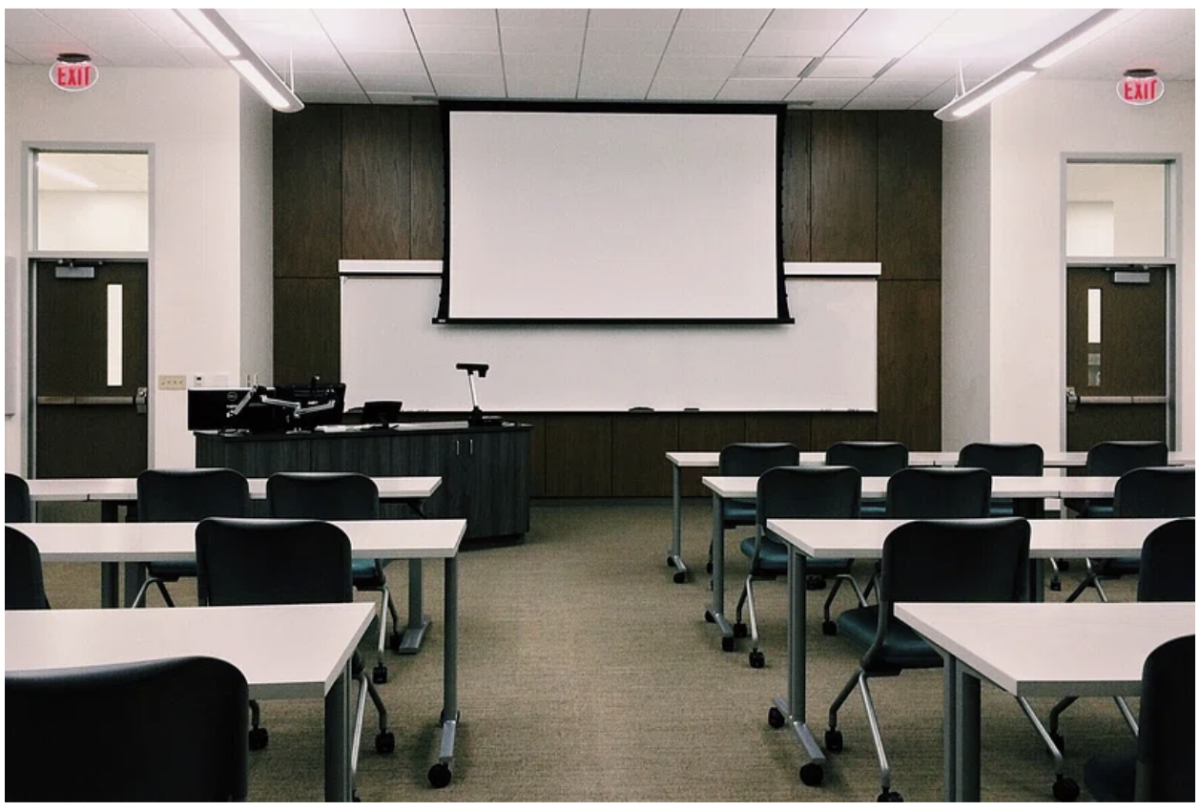It’s hard for the education system to do its job when the students just don’t show up.
Across every state in America, students’ proficiency in math, reading, and writing, is declining exponentially – and has been for over a decade now. This national crisis has been created by numerous factors— the most obvious of which being the after effects of the pandemic and an increase in technology usage amongst children.
The most dangerous factor, however, is perhaps the one which has gone the most unnoticed. Chronic absenteeism is defined as when a student misses 10% or more of the school year.
This phenomenon has been on the rise in the last few years. In 2018-19, the national average of students considered to be chronically absent was about 16%. Not even half a decade later, that percentage nearly doubled to 30% in 2021-22. That percentage increase is an additional 6.5 million students out of school.
Schools are struggling to find why this is occurring. Some suggest that students are just staying home more when they are feeling ill. Others point to transportation and busing issues being the reason for this uptake in absences. The largest factor that most schools point to is the high anxiety and depression rates amongst teenagers.
Missing 10% of the year (roughly 18 days) may not seem like that big of a deal. However, when a child is chronically absent in kindergarten or first grade, it is unlikely that they will be reading on grade level by third grade. And the same holds true for a chronically absent third grader. The more absent a student is, the more likely they are to not be on grade level in the coming years.
And don’t think that this is some issue in some far off place. It’s happening right here in the Garden State. According to the New Jersey Department of Education, 16.1% of the state’s students in primary and secondary school experienced chronic absenteeism in the 2022-23 academic year.
Yes, this percentage is nearly half of the national average, but it is still far too large. Prior to the COVID-19 pandemic, New Jersey reported a chronic absenteeism rate of only 10.6%.
Not only has the amount of students affected by chronic absenteeism increased, so has the number of school districts. There are 651 school districts in New Jersey. Of those districts, 45% report a high chronic absenteeism rate in 2022. This is 20% higher than the amount of districts who reported experiencing this in 2018.
While attendance is on the decline, the amount of suspensions and instances of violence has spiked in New Jersey’s public schools. The Department of Education reported that the number of students who had received disciplinary action had increased from 36,791 in 2022-21 to 44,262 in the 2022-23 school year. Many officials within the department believe that this increase is a large contributor to chronic absenteeism.
The interim commissioner at the New Jersey Department of Education, Kevin Dehmer, recognizes the severity of this crisis and has made it a priority to resolve, “We were recently down in D.C. talking to other states. They were saying their goal was to bring their numbers down to 30%, and we were very very happy to be at 16%. But we’re not sitting on our hands.”
The first step that the Department of Education has taken to remedy this problem was to release the website, Conditions For Learning, which was created with the intention of helping schools by giving them strategies to use and data to target individual students who are most likely to become chronically absent.
In the meantime, while the Department of Education scrambles to find a more permanent solution, the Murphy administration has encouraged public schools to use the remaining federal COVID relief funds. This plan was met with many critics who are concerned about what schools should do once that fund dries up.
It is impossible for teachers to sufficiently do their jobs when their students aren’t there. If we want to correct the lack of proficiency in the American education system, we must first find a way to get students back into the classroom.
https://www2.ed.gov/datastory/chronicabsenteeism.html
https://www.nj.gov/education/reopening/conditionsforlearning/








